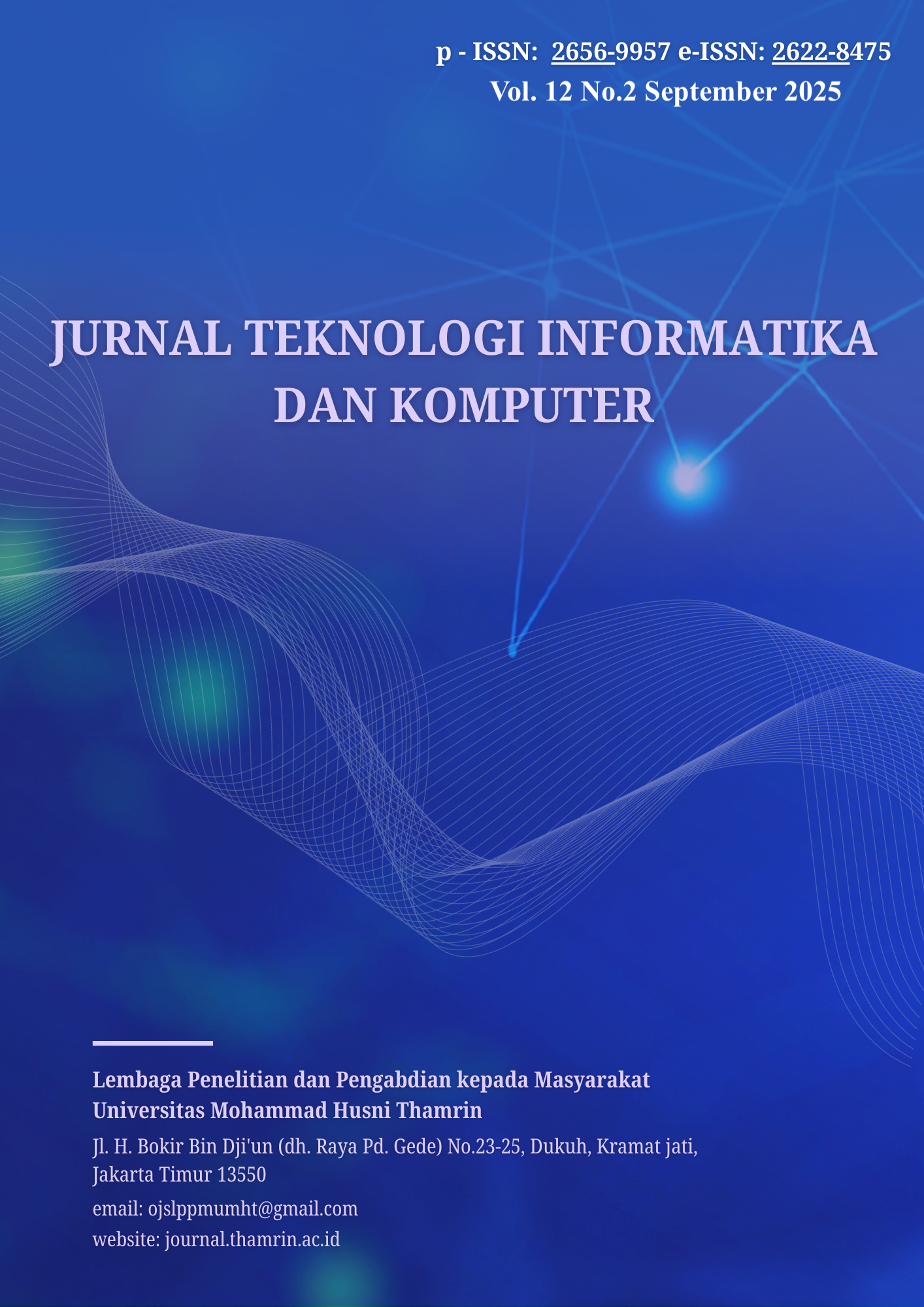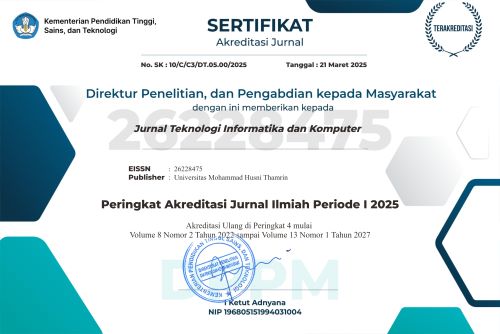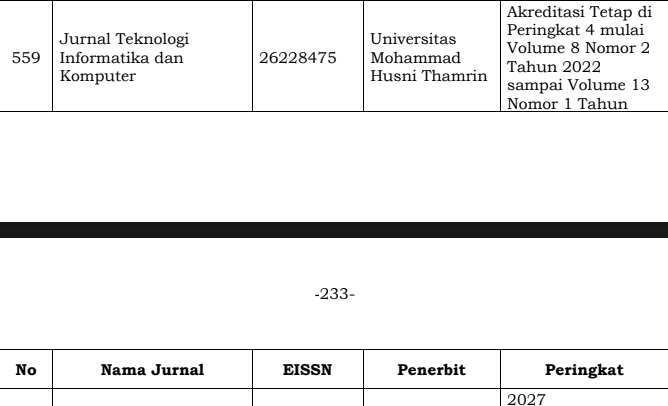YOLOv12 for Human Object Detection in Real-time Video Surveillance Systems
DOI:
https://doi.org/10.37012/jtik.v11i2.2789Abstract
This research discusses the application of the YOLO (You Only Look Once) model to detect human objects in real-time video surveillance systems. This model was developed in response to the increasing need for efficiency and accuracy in video surveillance analysis, particularly in identifying abnormal or malicious activities. The application of deep learning technology, especially the YOLO model, has been shown to provide better performance in object recognition compared to traditional methods, such as SVM and Haar-Cascade, which often experience limitations in terms of speed and accuracy. One significant contribution of the use of YOLO lies in its ability to detect objects simultaneously in high-speed video, which is crucial in surveillance contexts that require rapid response to incidents. The implementation of YOLO also promises better collaboration between edge and cloud computing, allowing video processing to be carried out closer to the data source, reducing latency and improving data security. With this approach, the system can generate relevant information for rapid decision-making, such as monitoring human behavior in public settings and detecting suspicious activity. The analysis of this study highlights the significant potential of YOLO in improving real-time video surveillance systems and demonstrates that more accurate object detection capabilities can improve overall public safety. Through this model, we hope to revolutionize surveillance practices, adapt to modern needs, and provide a solid foundation for further development in the field of video surveillance.
Downloads
Published
Issue
Section
Citation Check
License
Copyright (c) 2025 Yohanes Bowo Widodo, Sondang Sibuea, Rano Agustino

This work is licensed under a Creative Commons Attribution 4.0 International License.
Jurnal Teknologi Informatika dan Komputer allows readers to read, download, copy, distribute, print, search, or link to the full texts of its articles and allow readers to use them for any other lawful purpose. The journal allows the author(s) to hold the copyright without restrictions. Finally, the journal allows the author(s) to retain publishing rights without restrictions Authors are allowed to archive their submitted article in an open access repository Authors are allowed to archive the final published article in an open access repository with an acknowledgment of its initial publication in this journal.

Jurnal Teknlogi Informatika dan Komputer is licensed under a Creative Commons Attribution 4.0 International License.












